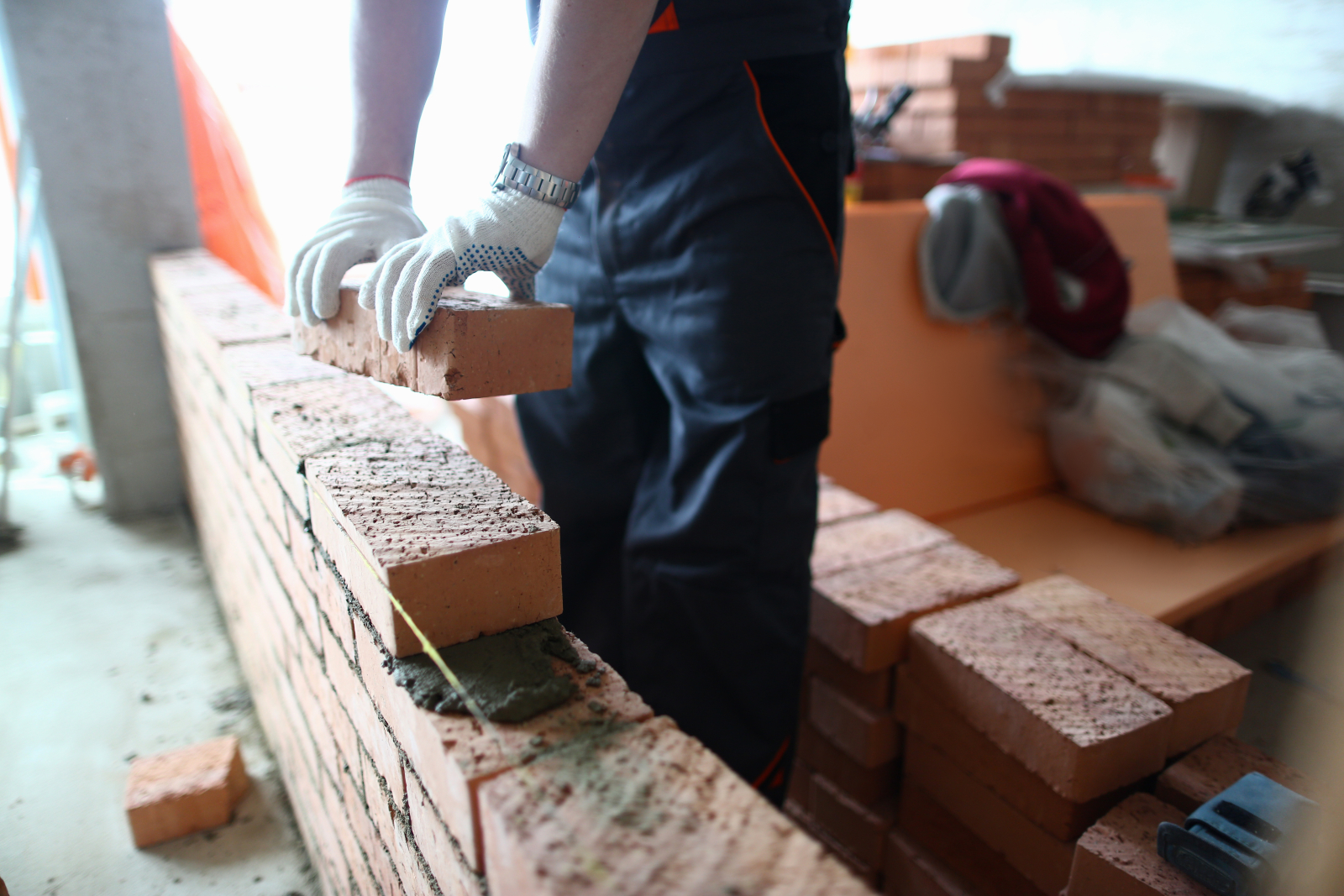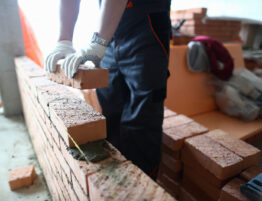
With young people nervously awaiting their exam results, many will be eagerly looking forward to starting sixth form or college in the autumn.
Others, however, may still be feeling stuck as to how to answer that big question – what next? As not everyone wants to take a full-on academic route, we’re sharing our insights into some of the practical careers available in construction. We already looked at roofing back in June, so this week we’re asking – ‘could bricklaying be your path?’
Why bricklaying – and why now?
The UK is facing a severe shortage of skilled tradespeople, with over 140,000 construction workers needed to fill immediate vacancies. Some sources estimate that, due to the ageing workforce in our sector, by 2032 the UK will need nearly 1 million additional construction workers.
When it comes to bricklayers, the numbers in Britain are at their lowest since 1998, and nearly 30% are expected to retire within the next decade. That is creating a challenge for the UK government’s housing goals of building 1.5 million homes by 2029.
City & Guilds reports that 76% of construction firms are struggling to hire talent, with bricklaying regularly named among the most in-demand trades. Given this mismatch between demand and supply of labour, opportunities for those who start on this career path look set to be in abundance.
What does a bricklayer actually do?
Bricklaying is far from repetitive – whether building new homes or repairing existing ones, every day brings new challenges and satisfaction. Working outdoors and across varied projects, some key bricklaying tasks include:
- Laying bricks, concrete blocks and stone using mortar
- Mixing and applying mortar (by hand or using a mechanical mixer)
- Measuring and marking out the build areas
- Shaping bricks with hand tools or powered equipment
- Using a spirit level, laser tools or plumb lines to keep lines straight
- Repairing and restoring existing builds
After mastering the trade, some bricklayers choose to specialise in areas such as decorative masonry or heritage stonemasonry.
Are you a good fit?
Before embarking on a career in bricklaying, consider whether you have all of the following key traits:
- Practical approach – Do you love building things with your hands and seeing results instantly?
- Physical fitness – You’ll be lifting, balancing and working physically every day.
- Hand eye coordination – You’ll need this to achieve precision and speed in your daily tasks.
- Mental aptitude – Your brain power will be needed for reading plans, taking measurements, organising your work and learning new techniques or regulations.
- Enjoy being outdoors (and heights) – Most of your work will be outside and sometimes elevated.
- Good team player – Although there may be some moments where you work alone, construction projects always require a team effort.
- Positive attitude – Are you reliable, punctual, safety minded, eager to learn and motivated to do your best?
What’s in it for you?
With bricklaying skills in high demand, wages are strong – many experienced tradespeople earn above £40,000 per year and secure long-term contracts.
You also get to work on visible, long-lasting projects – buildings that stand for decades – of which you can be proud of your contribution. As your skills grow, you might specialise in decorative or restoration masonry, step into supervisory or site management roles, or even launch your own contracting business.
How to get started
The usual entry route into bricklaying is an apprenticeship, combining a college course (e.g. NVQ) with on-site training designed to help you develop the necessary practical skills. Alternatively, some people start as a general labourer and train up from there.
All trainee bricklayers need to pass a health and safety assessment to qualify for a Construction Skills Certification Scheme (CSCS) card.
So, if you enjoy making things, being outdoors, tackling physical work and want a career with solid demand and progression, bricklaying could be the ideal path.
Call out to Sheriff team: Share your experiences of bricklaying (what you enjoy and what you find challenging) with the next generation. Drop a comment on Facebook or LinkedIn pages.
06.08.2025
Feature image: Freepik








